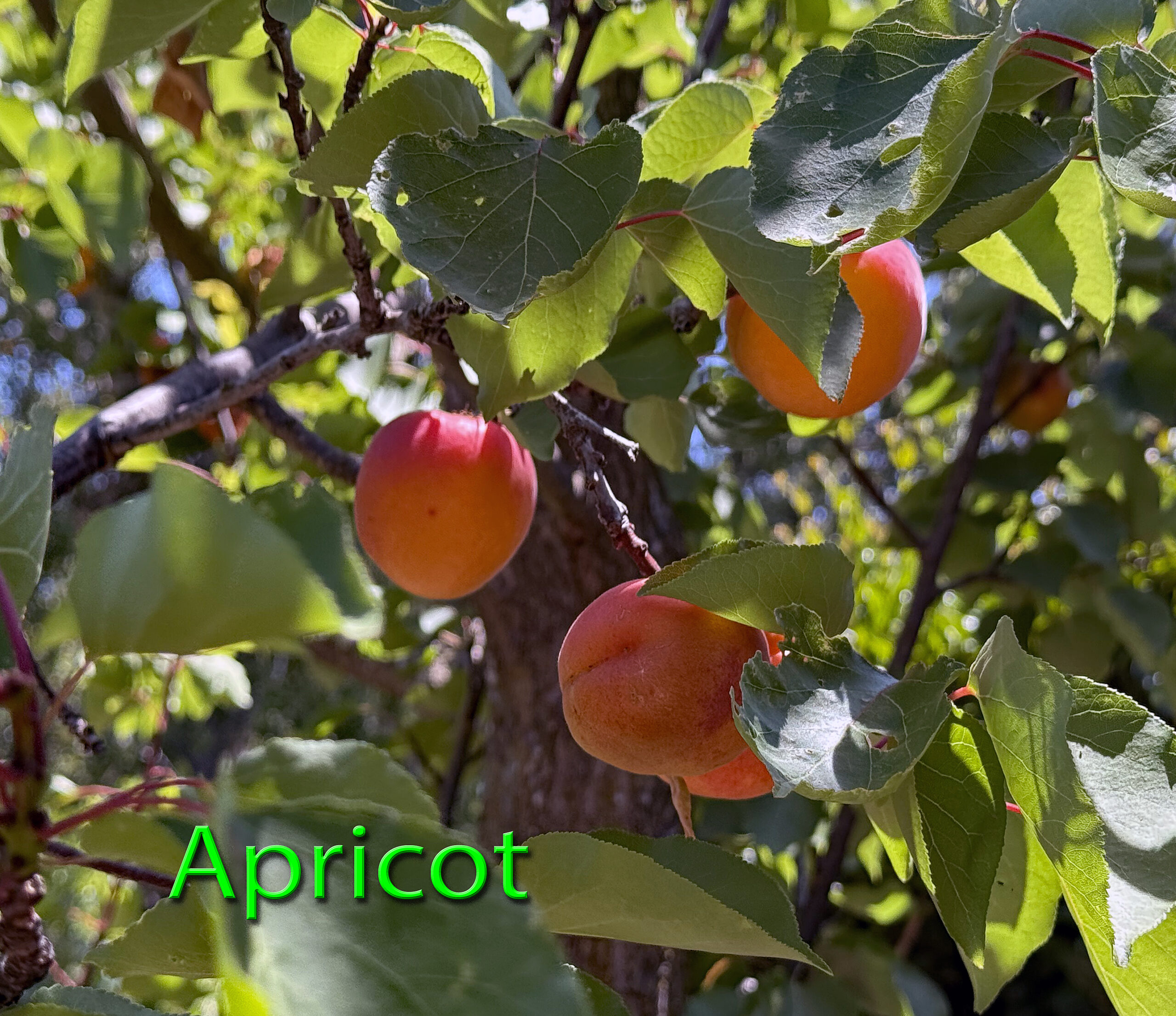
Question:
Is it okay to prune my apricot tree in the fall? I want to "kill two birds with one stone”: reduce the number of leaves I have to rake up while pruning the tree.Answer:
- Traditionally, fruit trees are pruned in January and February; however, pruning practices are changing.
- There is growing support for pruning deciduous fruit trees, especially apricots, in late summer and fall. The only exception is for those varieties that still have a maturing crop.
- Most fruit trees are entering their dormancy phase, making this an ideal time for pruning.
- Dormancy begins when a tree stops growing, which is the case now, as we haven't seen any new growth for some time, nor do we expect any soon.
- Leaf drop is likely to occur in about four to six weeks.
- The benefit of pruning in the fall is that it reduces the number of fallen leaves later. One of your thoughts.
- One drawback of pruning now is that the foliage can block your view, making it harder to see which branches need pruning.
- On the positive side, the temperatures during late summer and fall are often more suitable for pruning compared to the cold, damp, and muddy conditions of winter.
- For apricots, pruning during wet periods can be problematic because the trees are more vulnerable to a disease called Euptya. Euptya is an airborne disease that enters through pruning wounds.
- The disease usually doesn't appear until late May or June of the following year, and there are no chemical treatments available for it.
- Once the pruning wounds have calloused over, which takes about a week, the risk of the disease lessens. Therefore, pruning in the fall can help avoid these issues.
- Additionally, established fruit trees should not need extra moisture this year, so it is important to stop watering them. Excess water can cause root rot, a common problem worsened by our clay soil's poor drainage.
- Root rot is a major reason for fruit tree decline in home gardens. Although the damage may not be visible now, it often appears the following spring when parts of the canopy may fail to leaf out or may collapse during the first heat wave.
- Trees affected by root rot then become more vulnerable to borers. Proper water management is crucial for maintaining the health of fruit trees in home gardens.
Question:
Why are my Beefsteak tomatoes taking so long to ripen? They were planted in May. Additionally, what is causing them to crack at the stem and along the sides?Answer:
- The cracking you see is referred to as "Catface."
- This physiological disorder causes the skin of tomatoes to crack, typically starting at the stem. There are two types of cracks: one type features cracks that radiate down the sides, while the other displays concentric circles. This condition is often affected by rapid temperature changes and genetic factors.
- Unfortunately, there is no remedy for Catface. However, despite their imperfections, these tomatoes are still perfectly edible.
- Beefsteak is one of the latest ripening varieties of tomatoes. It usually grows throughout the summer and ripens in the fall. If you want to enjoy tomatoes earlier in the season, you'll need to plant a different variety next year.
